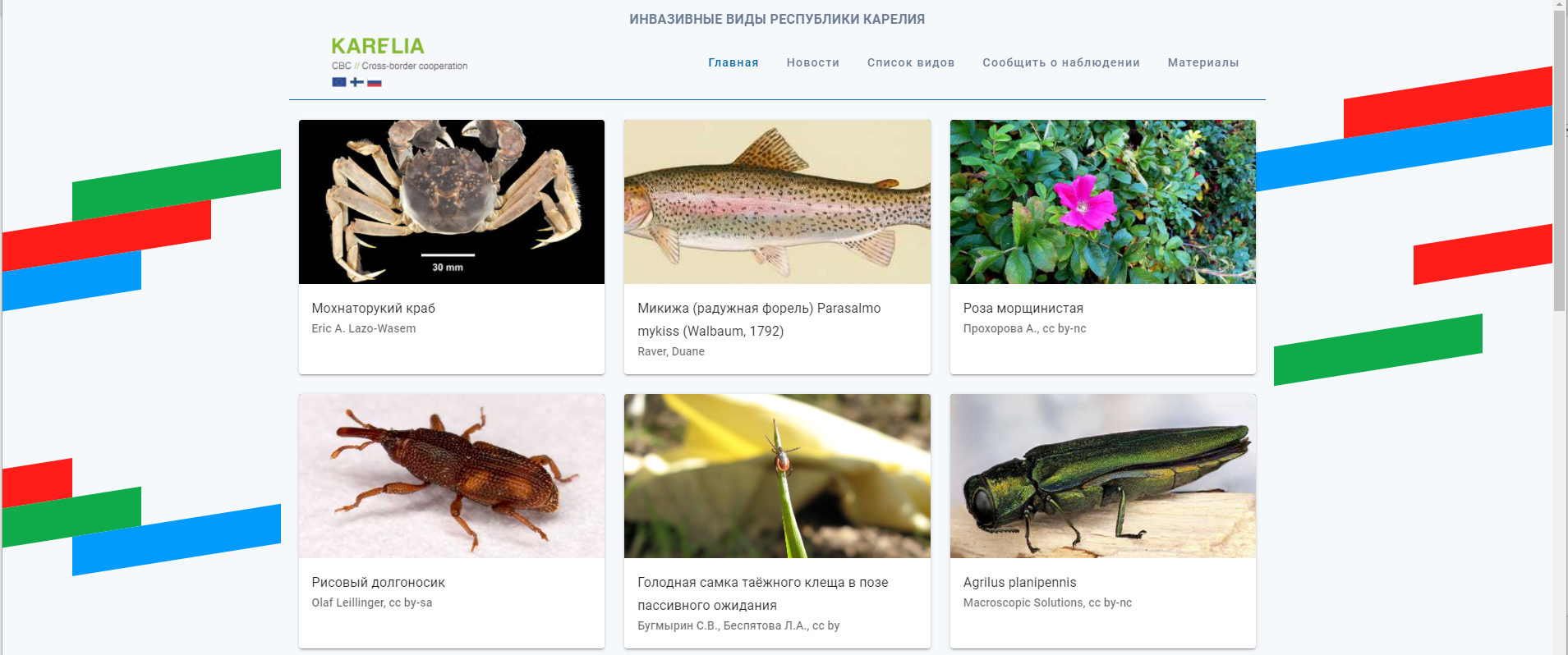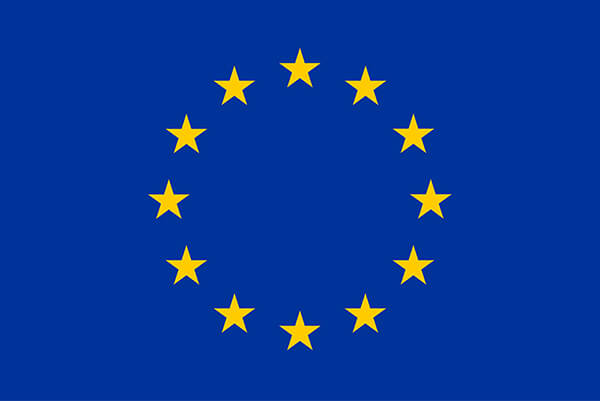Invasive species in Karelia

Scientists raise public awareness of alien plant species in Karelia. Even if many of them may appear commonplace, they can pose risk to local ecosystems and sometimes also to human health. A new video from KarRC RAS introduces several alien plants.
Karelian Research Centre RAS, Finnish Environment Institute (SYKE), and Natural Resources Institute Finland (LUKE) continue implementing the DIAS project under the Karelia CBC Programme funded by the European Union, Finland, and Russia. The project aims to promote the collaborative data and information exchange network for managing invasive alien species.
Invasive alien species are the species that have spread beyond their natural range in the wake of human activities. They may be dangerous for the health of humans and animals, damage crops, and harm the local flora and fauna. There are many invasive species in Karelia, but some 20 of them have already become an issue. Knowing this, scientists encourage local people and visitors of the republic to report their encounters with alien species. This can be done by clicking the following link: https://dias.krc.karelia.ru.
It may be difficult for a layman to identify the species that are invasive in Karelia, so within the DIAS project, KarRC RAS has launched a series of publications about specific members of the flora and fauna.
On January 14th a video was posted in the KarRC RAS community on vk.com about three invasive plant species: Himalayan balsam, Sosnowsky’s hogweed, and rugosa rose. They are widespread, and probably familiar to everyone. The video was authored by biologist and photographer Anastasia Prokhorova. Whence did the “aliens” come from, how do they spread, and what actions are taken to control them? Watch the video, share it via social media, and join the DIAS project – anybody can help scientists in the study!




